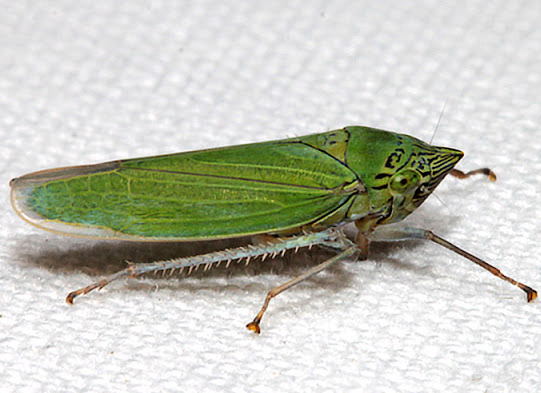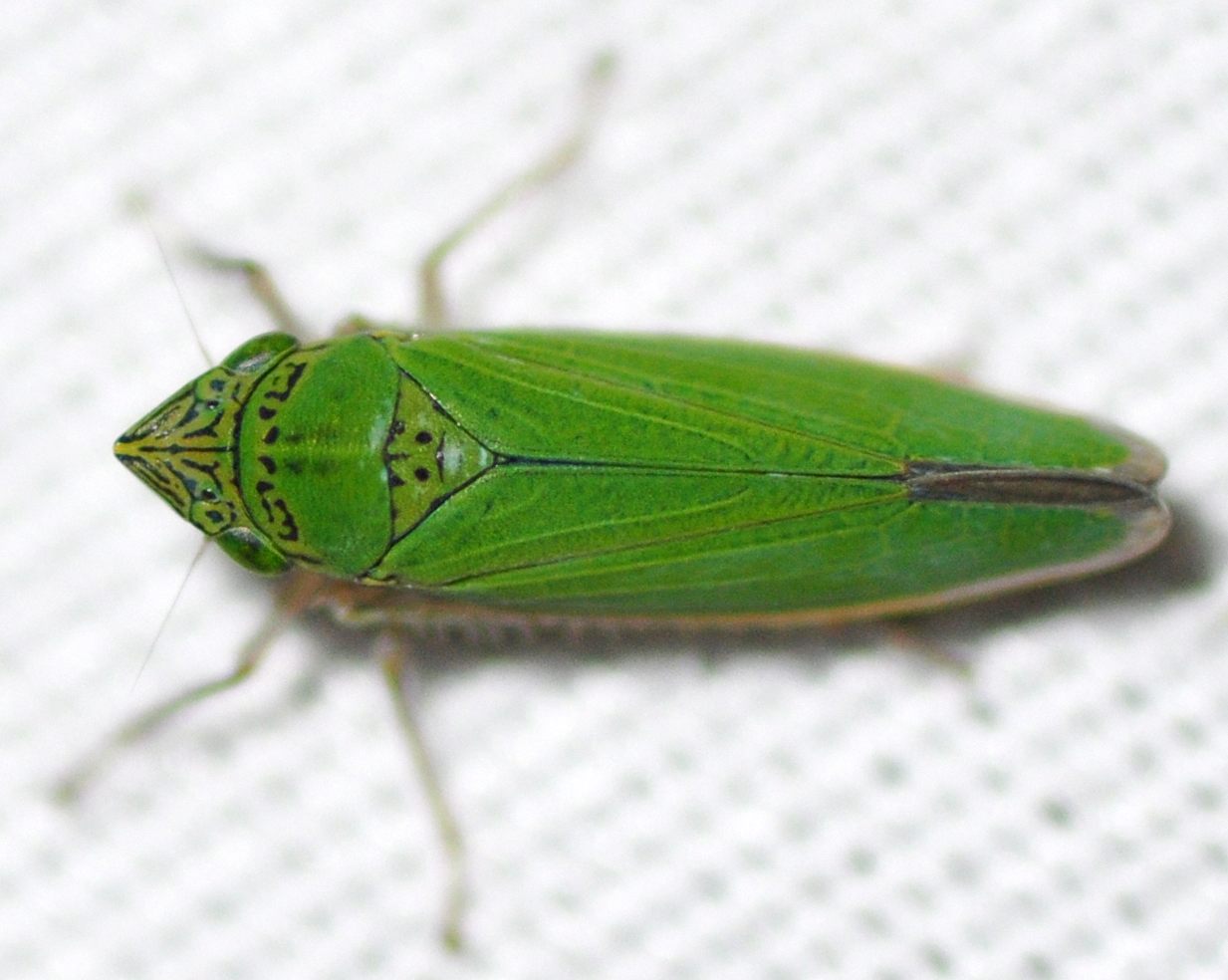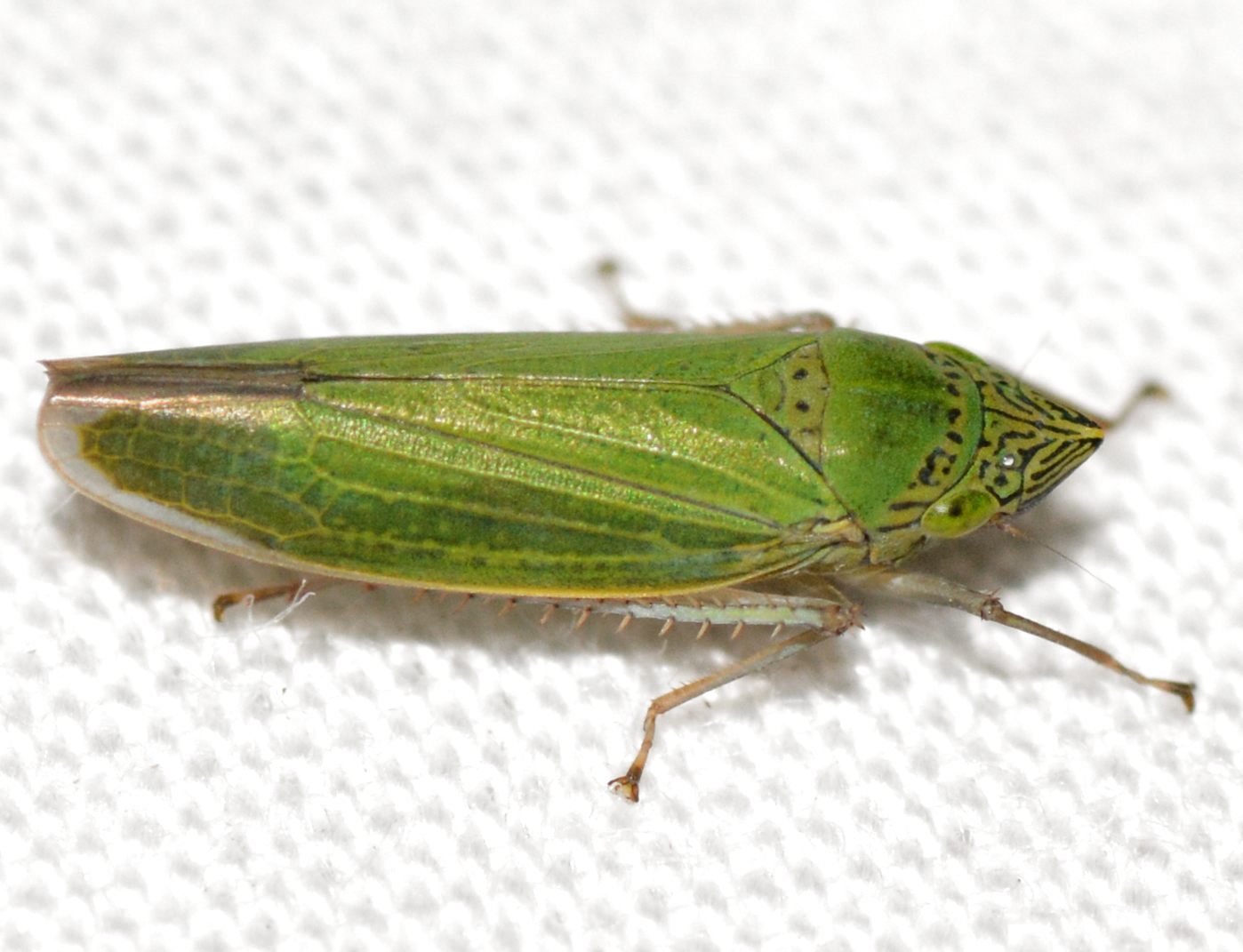Species Photo Gallery for Draeculacephala inscripta Waterlettuce Leafhopper 10 |
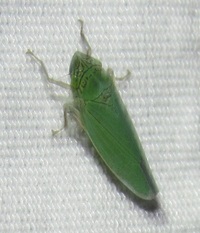 | Photo by: B. Bockhahn
Wilson Co.
Comment: | 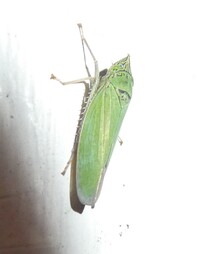 | Photo by: Simpson Eason
Durham Co.
Comment: |
 | Photo by: Rob Van Epps
Mecklenburg Co.
Comment: | 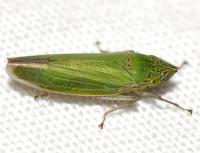 | Photo by: Kyle Kittelberger
Wake Co.
Comment: near mixed hardwood forest habitat |
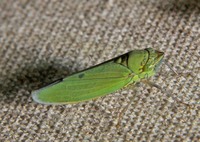 | Photo by: Harry Wilson
Wake Co.
Comment: | 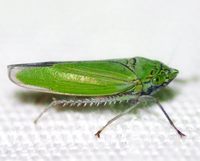 | Photo by: Kyle Kittelberger, Brian Bockhahn
Rockingham Co.
Comment: grassy area near mixed hardwood forest and a pond |
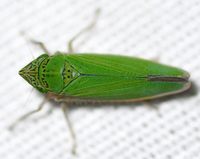 | Photo by: Kyle Kittelberger, Brian Bockhahn
Rockingham Co.
Comment: grassy area near mixed hardwood forest and a pond | 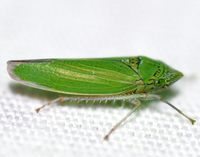 | Photo by: Kyle Kittelberger, Brian Bockhahn
Rockingham Co.
Comment: grassy area near mixed hardwood forest and a pond |
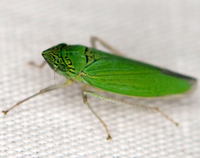 | Photo by: Tony DeSantis
Durham Co.
Comment: | 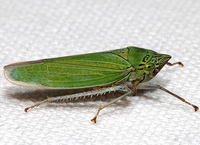 | Photo by: Ken Childs
Out Of State Co.
Comment: |
|

 »
»